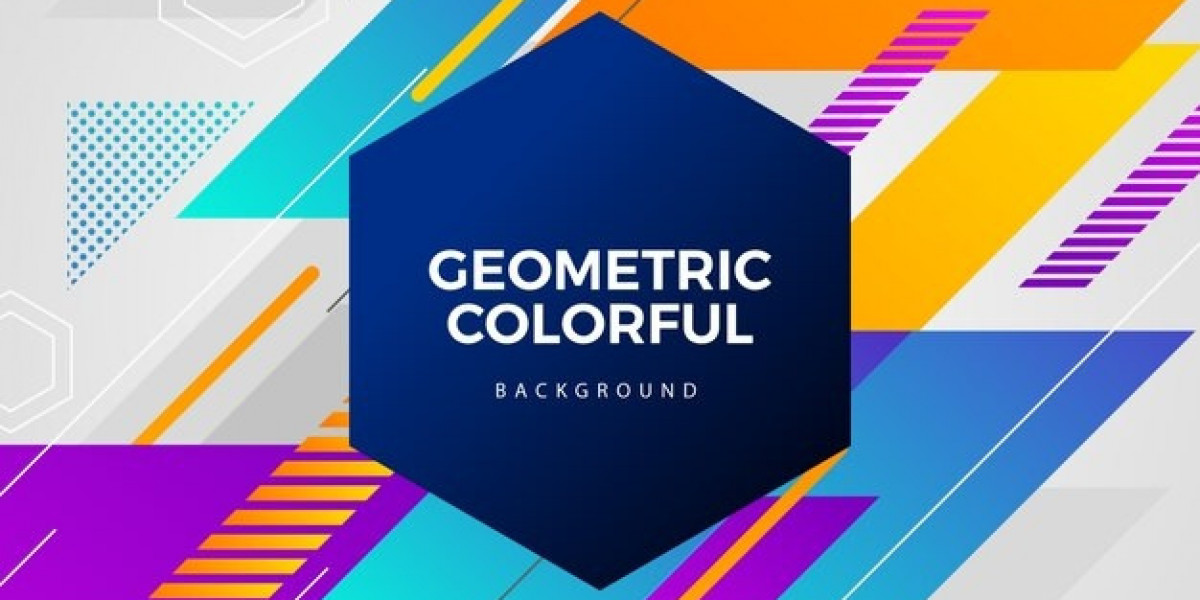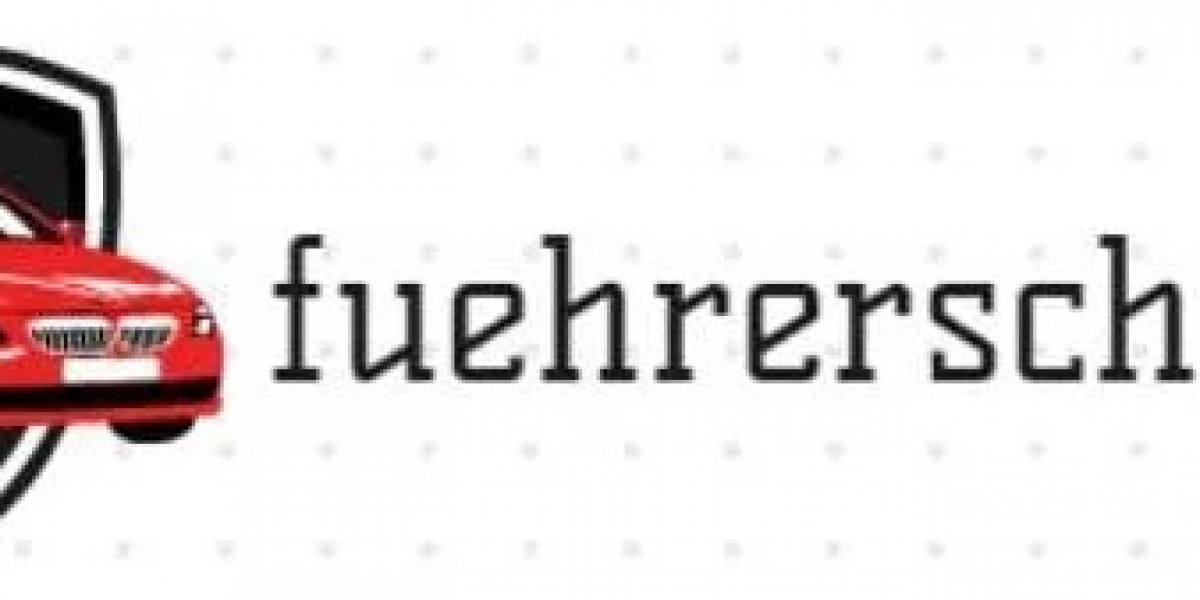In the world of modern manufacturing, precision and power are often viewed as two ends of a spectrum. But when it comes to the fiber laser cutting machine, things aren't always that black and white. The question arises—can this single piece of equipment be trusted for both detailed, delicate work and large-scale industrial cuts?
Let’s unpack the reality of what a fiber laser cutting machine can do in the hands of professionals and manufacturers across industries. From jewelry designers to aerospace engineers, the machine is making waves across sectors—and not without reason.
What is a Fiber Laser Cutting Machine?
A fiber laser cutting machine utilizes a solid-state laser source that is generated through a series of diodes and amplified in a fiber-optic cable. The result is a highly focused laser beam capable of cutting through metal with extreme precision. Unlike CO₂ lasers or plasma cutters, the fiber laser uses a shorter wavelength which makes it particularly suited for cutting reflective metals like stainless steel, aluminum, brass, and copper.
But beyond the technical explanation, the real story lies in the machine's ability to adapt. Whether the task is to slice through a thick sheet of mild steel or etch an intricate floral pattern into thin brass, the machine proves to be versatile. That’s where the trick lies—its range is what turns it from a tool into a game-changer.
How Manufacturers Leverage Precision and Power Simultaneously
Modern manufacturing isn’t about doing one thing well—it’s about adapting. The fiber laser cutting machine supports this philosophy by allowing businesses to execute a wide range of jobs without changing machines. Here’s how:
1. Tight Tolerances for Complex Work
In industries like electronics or decorative metalwork, accuracy is non-negotiable. The fiber laser’s narrow kerf and fine focus allow it to produce clean, crisp edges even on the most delicate patterns. Artists, jewelry makers, and sign manufacturers depend on this capability for creating elegant scripts, ornamental patterns, and minimalistic logos.
2. Power to Penetrate
Flip the script and consider industries like automotive, shipbuilding, and construction—where the demand is all about power. These sectors require machines that can handle 10mm, 20mm, or even thicker metal sheets. A properly configured fiber laser cutting machine is not just a contender; it’s often the go-to solution for cutting high-strength materials quickly and reliably.
3. Smart Software Enhancements
Pairing precision with software-based control systems takes the fiber laser’s functionality to another level. With CAD/CAM integrations, remote diagnostics, and automated nesting, users can toggle between fine artwork and heavy panel cutting seamlessly. It’s not just a tool; it's part of a larger digital ecosystem designed for agility and output.
Real-World Applications That Defy Expectations
It’s easy to assume that a machine built for power lacks delicacy—but that's not the case here. The real-world stories tell us otherwise.
Jewelry and Fashion Industry
Designers use the fiber laser cutting machine to create intricate filigree patterns, custom metal tags, and decorative trims. These applications demand a machine that won’t burn, warp, or over-penetrate—something fiber lasers accomplish with ease due to their focused beams and controlled energy output.
Aerospace and Defense
Switch to the other end of the spectrum, and you'll find aerospace manufacturers using the same category of machines to cut titanium, stainless steel, and high-strength alloys. These applications involve significant heat management and precision—something that fiber laser systems have mastered over the years through innovations in cooling and beam stability.
Signage and Branding
The signage industry relies on these machines to handle both detailed lettering and larger panels. With fiber lasers, it's possible to switch from cutting tiny characters to slicing the entire signboard—without changing tools. That's efficiency redefined.
What's Happening Behind the Scenes?
When someone asks if the machine can handle both ends of the task spectrum, the answer lies in understanding how the beam is delivered, focused, and controlled. Here are a few concepts that help explain how this range is possible:
Beam Quality: A high beam quality ensures that the laser doesn't just burn its way through metal—it glides, leaving smooth and sharp edges.
Pulse Control: The ability to pulse the laser in microbursts means it can be gentle on thin material while going full throttle on thicker sheets.
Automation and AI Integration: While this isn’t visible to the end product, internal systems within the fiber laser cutting machine enable error-free operation across varied materials and thicknesses.
Every time an operator sets the parameters—whether for cutting an ornate pattern or a structural component—they’re essentially customizing the laser’s behavior for that specific job.
The Adaptability Factor
What truly sets the fiber laser cutting machine apart is its adaptability. It doesn’t ask users to choose between power and detail—it offers both. That adaptability has massive implications for businesses:
Prototyping to Mass Production: Whether creating a one-off prototype or running a batch of thousands, the machine maintains its speed and accuracy.
Material Flexibility: Beyond metals, fiber lasers can also mark plastics, ceramics, and even some composites, widening their appeal.
Compact and Scalable: Many machines come in a range of sizes and power levels, making them suitable for both small studios and large manufacturing units.
So yes, the trick isn't just in the laser—it’s in how it's used, managed, and scaled.
Industry Trends and Future Direction
The increasing demand for multi-functional equipment is shaping how manufacturers invest in technology. Fiber laser cutting machines are becoming central to this shift. As prices become more competitive and machines become more compact, even small businesses are entering the space.
Moreover, many global industries are pushing for cleaner, non-contact manufacturing techniques. The fiber laser's no-touch cutting method aligns perfectly with these sustainability and efficiency goals. As demand grows, so will advancements in speed, automation, and accuracy.
Why Your Business Should Consider It
Whether you’re a small business owner thinking about custom engraving or a production manager at a fabrication shop, investing in a fiber laser cutting machine means more than just a tool—it’s about gaining flexibility. In a competitive marketplace, being able to handle a wide variety of tasks with a single setup gives you a serious edge.
Plus, with suppliers offering customizable setups, maintenance plans, and training modules, there’s never been a better time to explore this technology. Whether for branding, structural builds, or high-detail product design, a fiber laser cutting machine allows you to respond to market needs faster and with more precision.
Final Thoughts
So, can a fiber laser cutting machine handle both intricate designs and heavy-duty tasks? Absolutely. It’s not just a claim—it’s a reality proven across industries and applications worldwide. From delicate artwork to industrial-grade components, this machine bridges the gap like no other. It’s a long-term investment in versatility, speed, and precision.
In an age where multi-functionality is key to staying ahead, the fiber laser cutting machine isn’t just an asset—it’s the heart of modern metalwork. Ready to unlock its potential?









